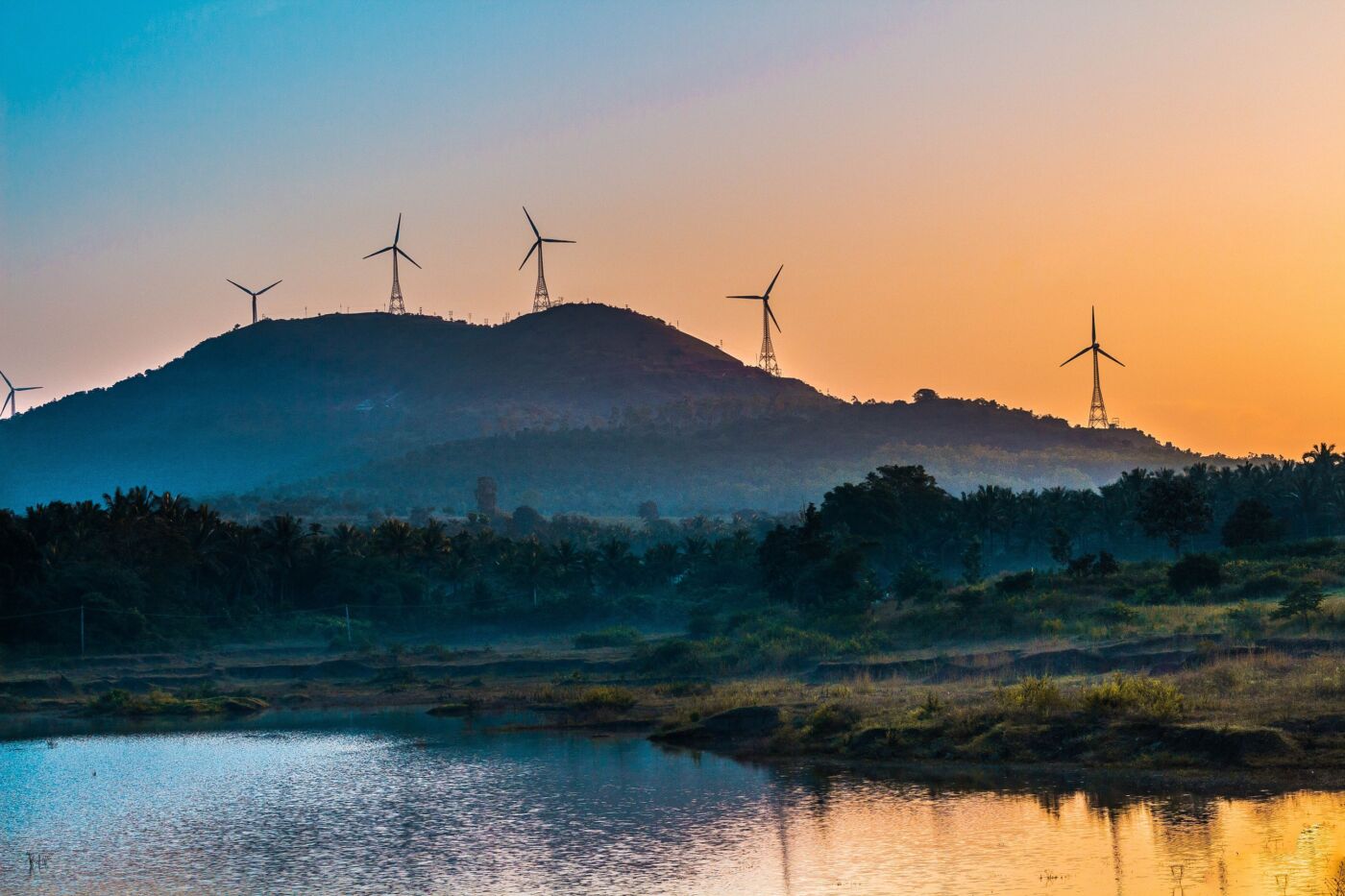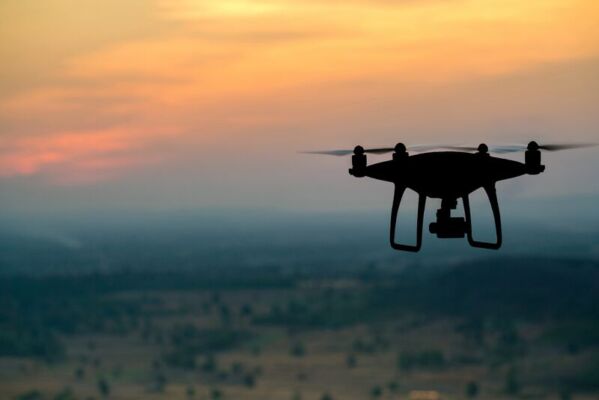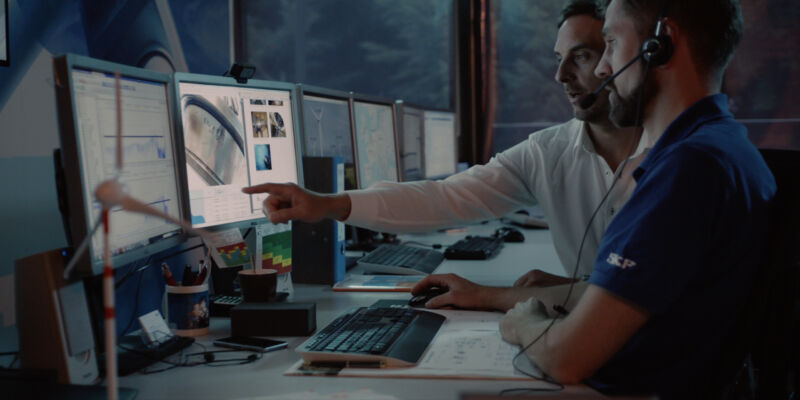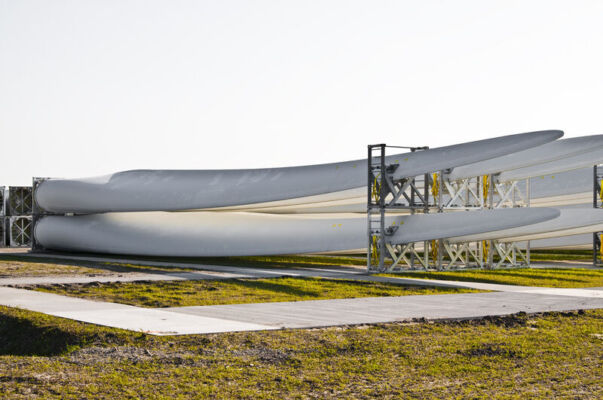The current wind capacity is 236 GW in Europe, yet the plan is to install 116 GW worth of new wind farms over the period 2022-2026. To reach this target, there is a need to build 32 GW every year. This demand led to an outbreak of creativity during the last couple of years and developers invented all sorts of new creative ways to generate wind energy – or to enhance the process behind the power production.
Here is a rundown of three promising new technologies that might be changing the game:
Blowing into the future with Papilio
Germany’s ongoing effort to triple renewables build-out by 2030 has led to some interesting inventions — for example, the Papilio streetlamp. Given that wind turbine blades can weigh up to 55 tons and stand as tall as 107 meters, this pinwheel-shaped, wind-powered streetlamp is revolutionary. Germany alone emits about 2.5 million tons of CO2 per year to keep its street lit at night. Mounting Papilio as a freestanding streetlamp can slash emissions, reduce pollution, and mitigate its impact on insects and humans. In a bid to illuminate cities more sustainably, Berlin design student Tobias Trübenbacher developed this lamp to reduce the ecological footprint of street lighting.
Big league windcatchers
Norway’s Wind Catching Systems (WCS) unveiled an array of colossal floating wind turbines that are said to generate five times the annual energy of the world’s biggest single turbine. At over one thousand feet (324m) high, these gigantic windcatcher grids have a large metal frame with multiple small turbines mounted on them. According to WCS, these systems can enjoy a 50-year service life relative to standard wind turbines’ 30. Although further details about prototypes have not been released yet, it will be interesting to see when it finally arrives.
The power of Protean
SKF’s Protean could be central to the success of any innovation. This diagnostic tool is designed to work with SKF’s @ptitude Observer condition monitoring system (CMS) software for wind turbines. Its core competencies are that it can reduce the incidence of false alarms of abnormal turbine behaviors and enhancing the benefits of a well-functioning condition monitoring system.
PROTEAN could be the difference in improving the detectability and efficiency of wind turbines and all kinds of rotating machinery.
Once Protean has learned such practices, it can automatically set a threshold for various indicators defined by the operator and detect multiple kinds of drive train deficiencies, such as gear and bearings defects, misalignment, and imbalances. Protean is a great leap towards improving the efficiency of operation and maintenance teams and thus wind energy competitiveness in general.
Next generation of wind technologies
Europe has been the incubator for ambitious new wind projects since the inception of the first offshore wind farm off the coast of Denmark in 2002. Innovations in wind turbine technology will further evolve under changing market demands and climate change. The development of such technologies in collaboration with the European Union’s aspiring targets for renewable energy development will indeed shape a better future for wind energy.



